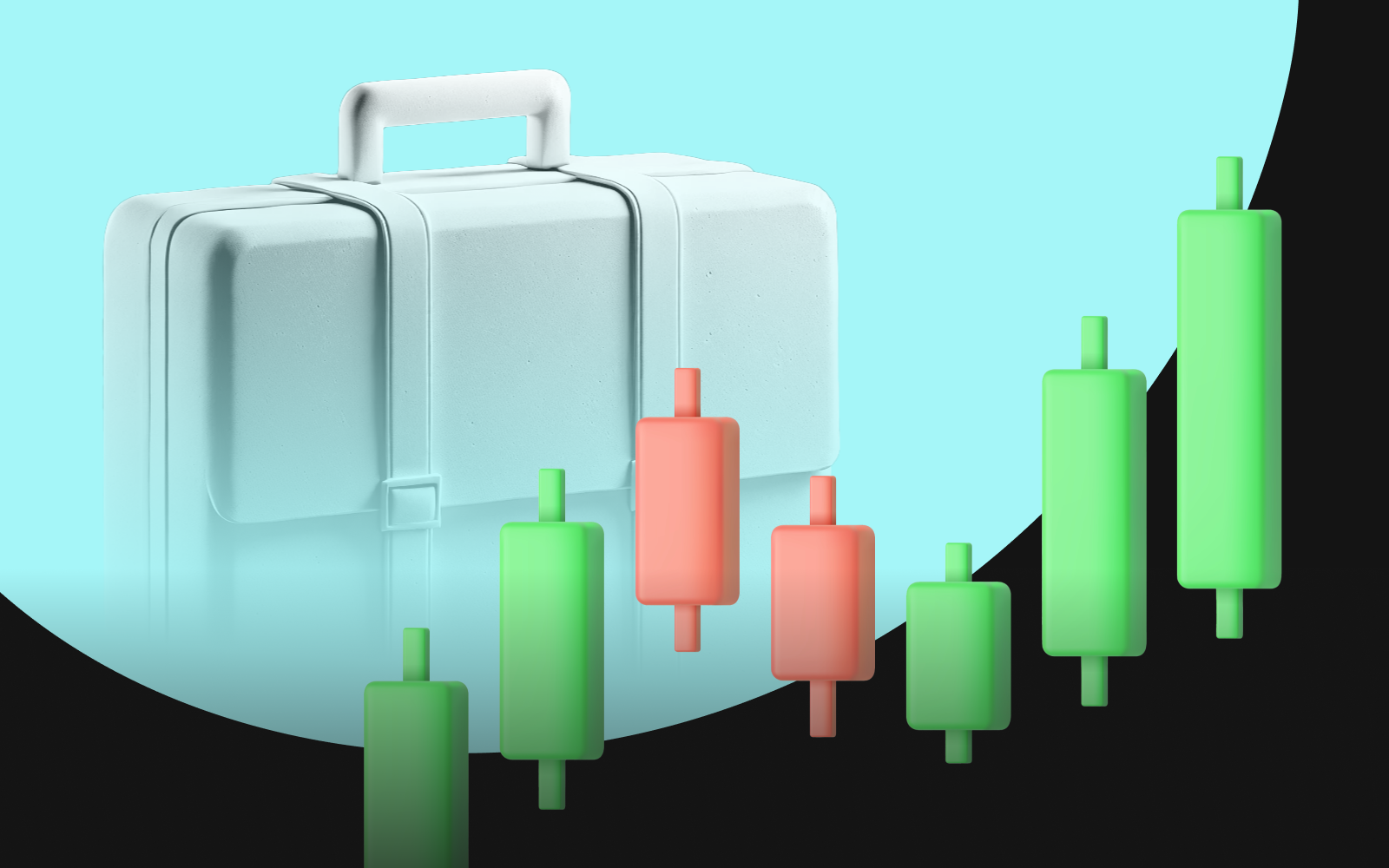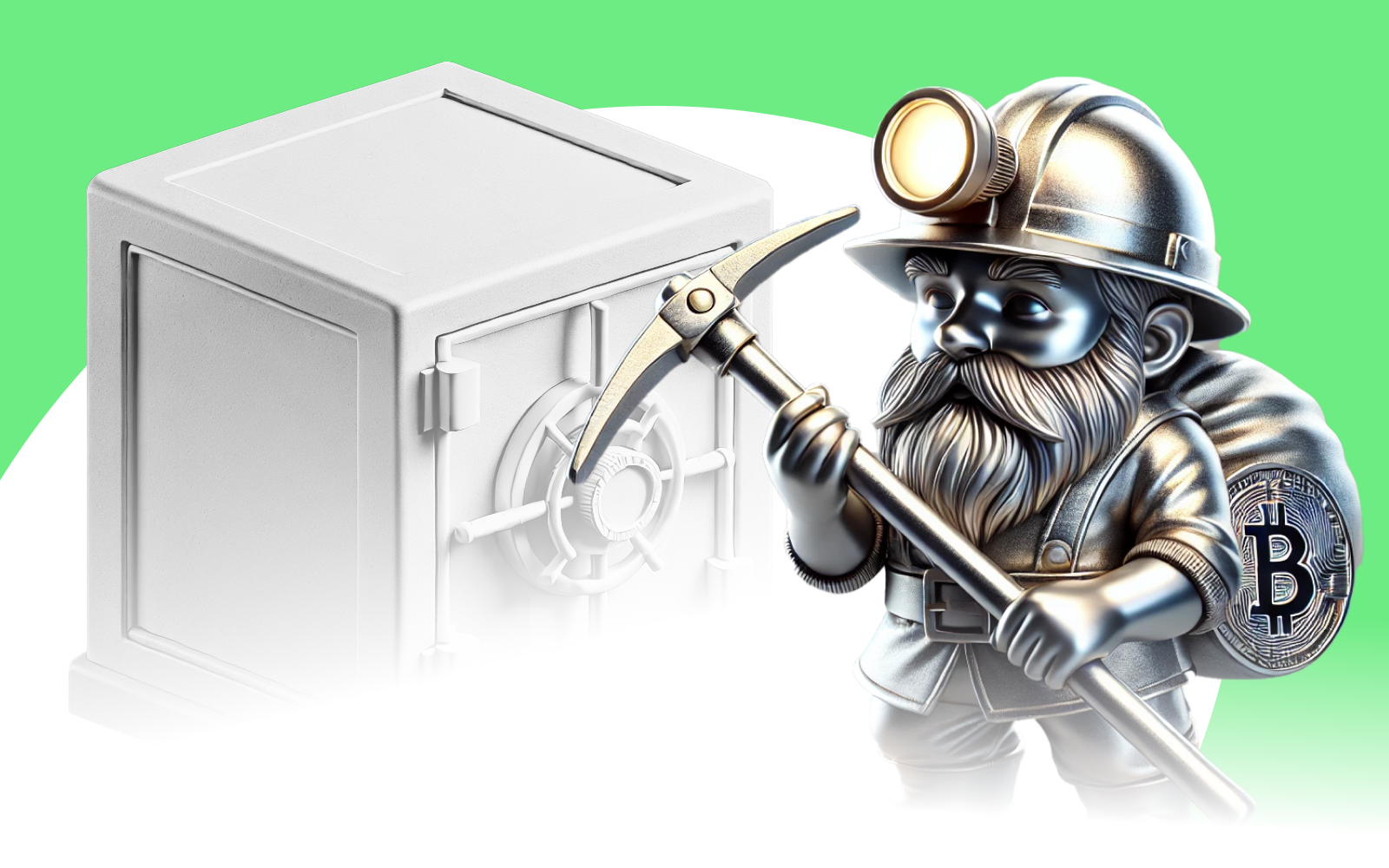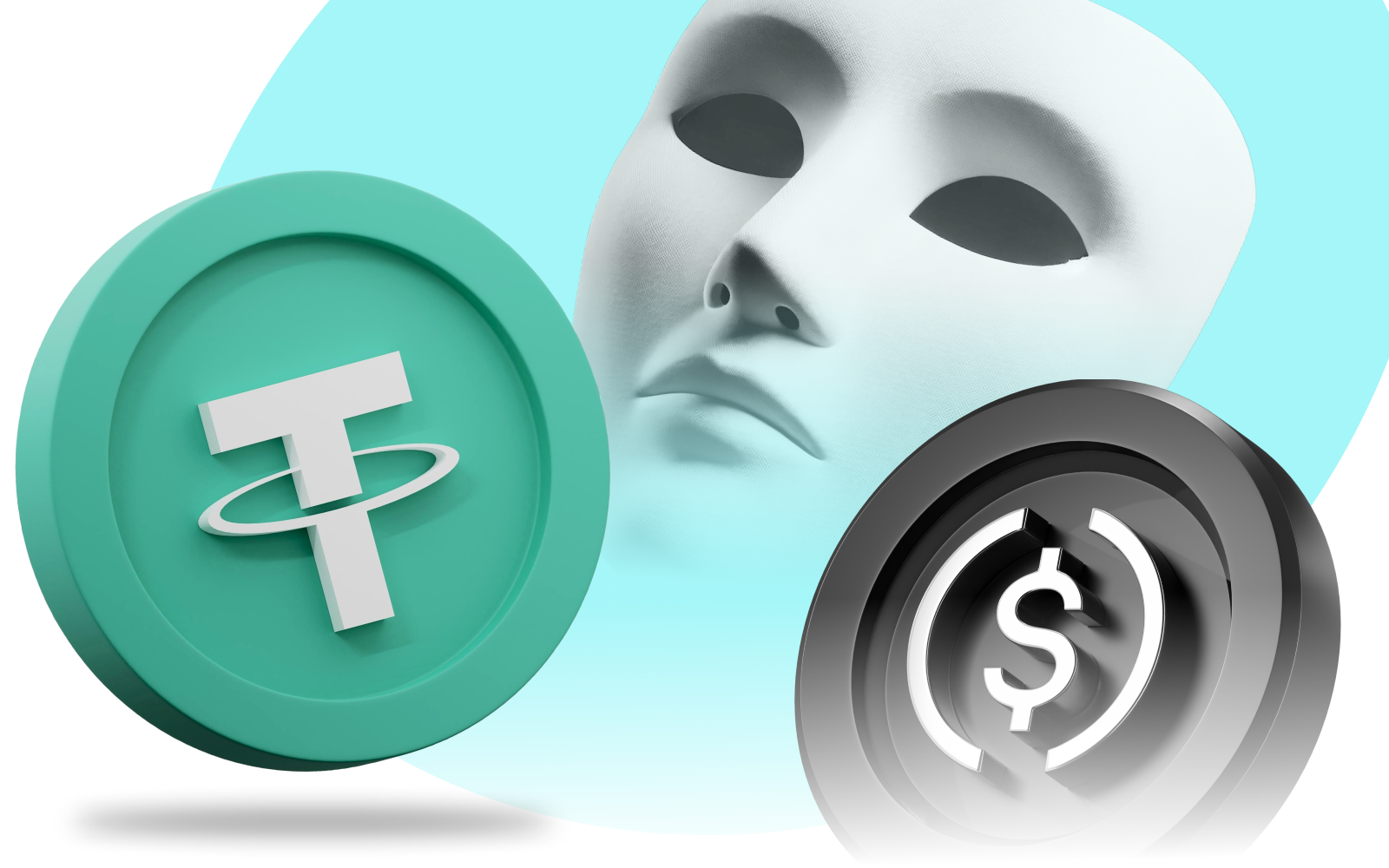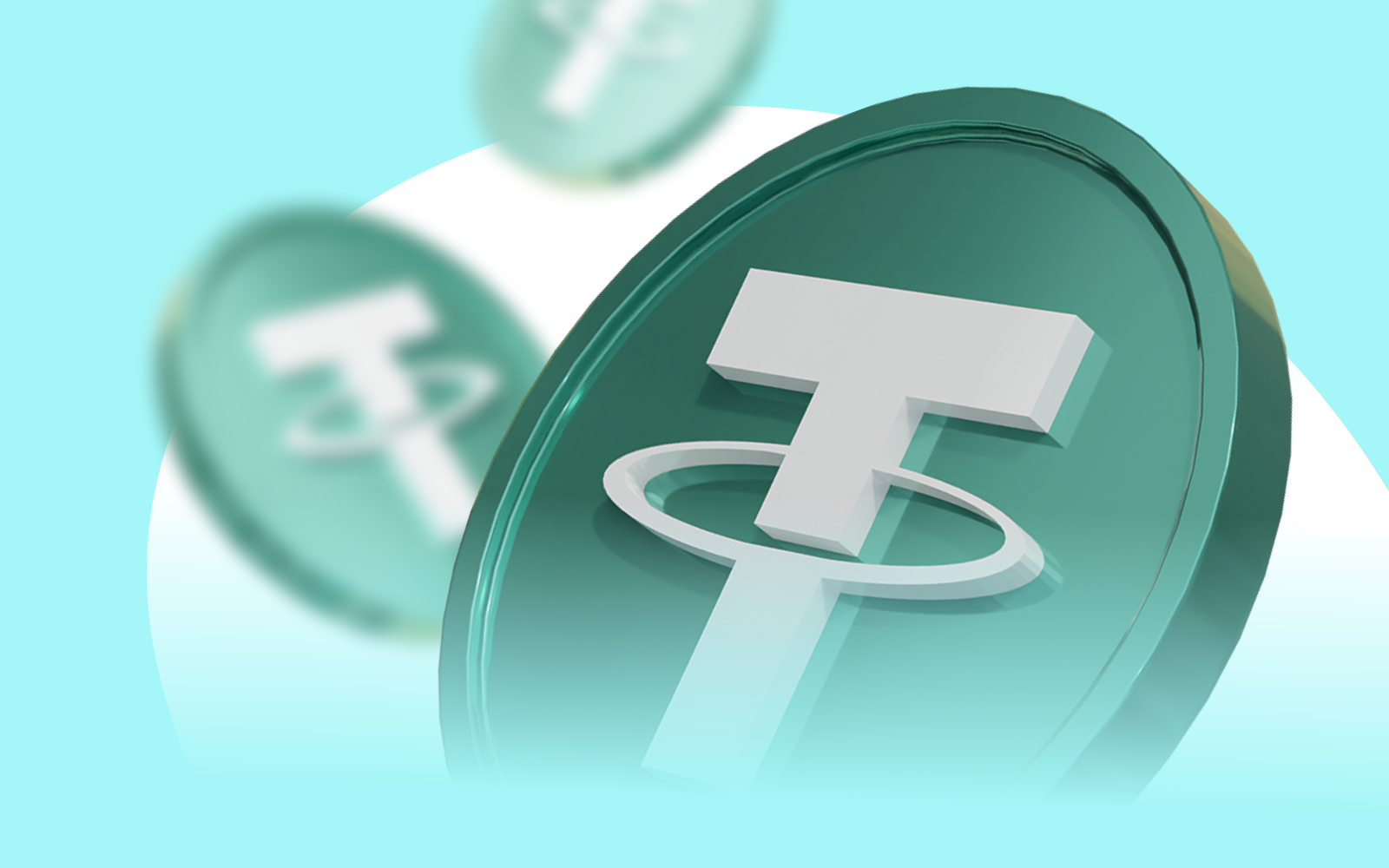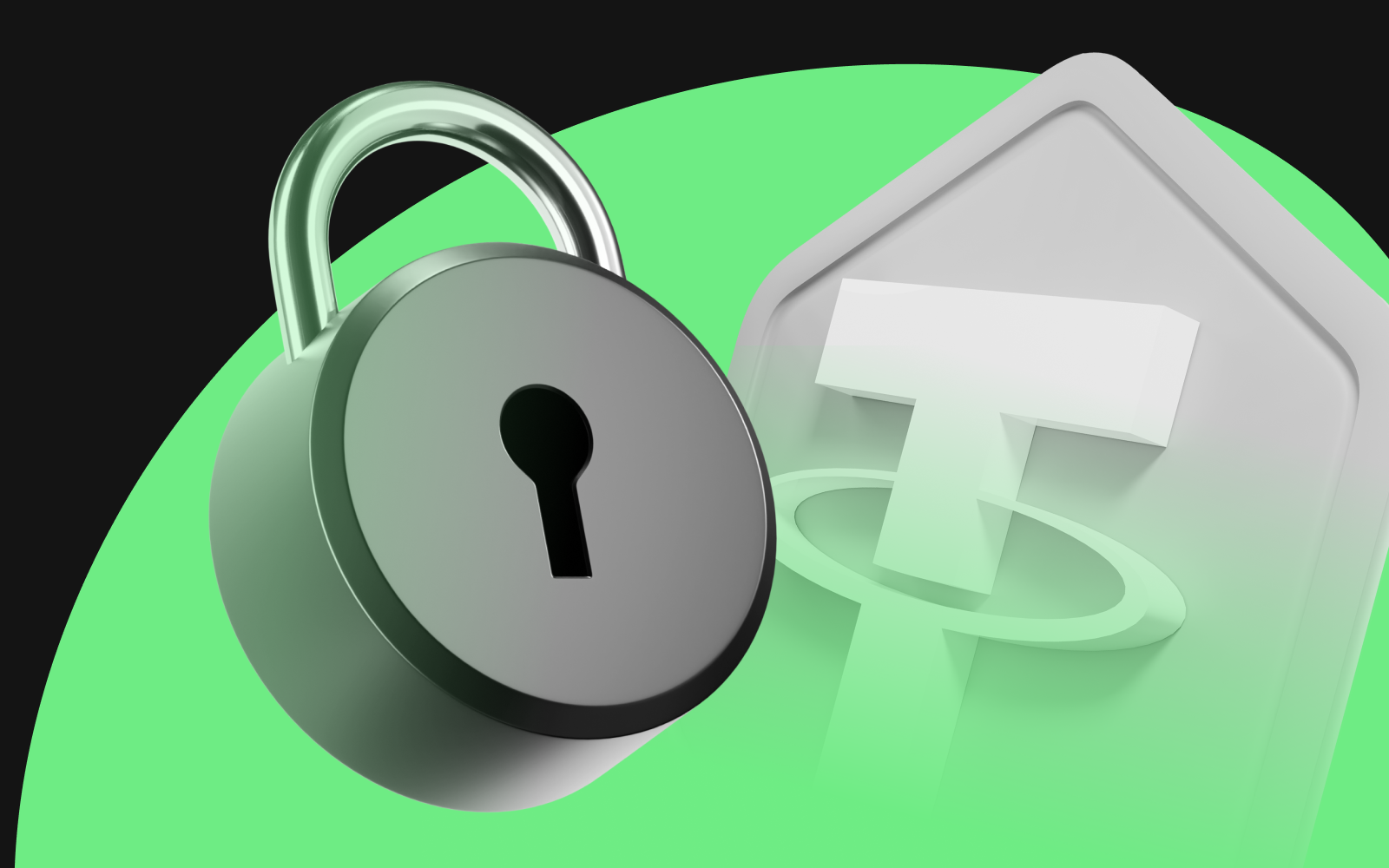
What's the Deal with USDT Wallets?
Hey there, Web3 professionals and USDT holders! Whether you're coding smart contracts, marketing the next big DeFi project, or testing dApps, you've likely encountered USDT in your crypto journey. As the go-to stablecoin, USDT plays a crucial role in the ecosystem, offering a hedge against volatility and a reliable unit of account. But where do you keep these digital dollars? Enter USDT wallets—your Swiss bank accounts in the decentralized world. In this guide, we'll explore the ins and outs of the best USDT wallets, from hot and cold storage options to free alternatives and security best practices. So, grab your favorite blockchain-themed mug, and let's dive into the world of USDT wallet management!
USDT Wallet Use Cases: Beyond Basic Transactions
While USDT wallets are primarily known for storing and transferring stablecoins, their utility extends far beyond these basic functions. Here are some use cases that showcase the versatility of crypto wallets in the Web3 landscape:
- DeFi Liquidity Provision: USDT wallets serve as gateways to various DeFi protocols, allowing users to provide liquidity to decentralized exchanges and earn yield.
- Cross-Border Payments: Businesses are leveraged for swift and cost-effective international transactions, bypassing traditional banking systems.
- Smart Contract Escrow: USDT wallets integrate with smart contracts to facilitate trustless escrow services for digital agreements and transactions.
- Payroll Solutions: Companies operating globally use wallets to streamline payroll processes, especially for remote workers in different countries.
- Prediction Markets: Best USDT wallets enable participation in decentralized prediction markets, where users can bet on various outcomes using a stable asset.
- NFT Purchases: Many NFT marketplaces accept USDT, making these wallets essential for collectors and digital art enthusiasts.
- Decentralized Insurance: Wallets can interact with decentralized insurance protocols, allowing users to purchase coverage or provide capital to insurance pools.
- DAO Treasury Management: Decentralized Autonomous Organizations use wallets to manage their treasuries, ensuring stable value for operational funds.
- Play-to-Earn Gaming: Wallets are increasingly integrated into blockchain games, facilitating in-game purchases and reward distributions.
- Decentralized Identity Solutions: Some projects use USDT transactions as part of their decentralized identity verification processes, leveraging the transparency of the blockchain.
These use cases demonstrate how wallets have become integral to various Web3 applications, extending their utility far beyond simple value storage and transfer. So let’s dive deeper into the rabbit hole!
Best USDT Wallet 101: Types That'll Make Your Head Spin (But in a Good Way)
As Web3 professionals, you're no strangers to the importance of proper asset management. When it comes to USDT, choosing the right wallet type is crucial for balancing security, convenience, and functionality. Let's break down the main categories:
Hot Wallets: The Fast and the Furious
Hot wallets are the workhorses of the crypto world, always connected and ready for action. They're perfect for daily transactions, quick trades, and managing working capital for your Web3 projects. Here are some top contenders:
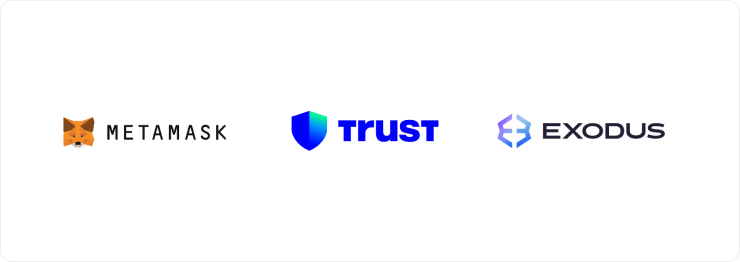
- MetaMask: The jack-of-all-trades in the Ethereum ecosystem, MetaMask is a go-to for many developers and testers. It's not just for ETH – you can easily add and manage USDT on various networks, including Ethereum and BNB Chain.
- Trust Wallet: Binance's mobile wallet is a solid choice for those working extensively with the BNB Chain. It supports USDT on multiple networks and offers a smooth UX for quick transactions.
- Exodus: Known for its sleek interface and multi-asset support, Exodus is great for managing a diverse portfolio, including USDT. It's particularly useful for marketers who need to handle multiple tokens for various campaigns.
Pro tip: When using hot wallets for development or testing, create separate wallets for different projects or environments to keep your funds organized and reduce risk.
Cold Wallets: For When You Want Your USDT to Chill
Cold USDT wallets are your Fort Knox in the digital realm. They're ideal for storing large amounts of USDT that you don't need immediate access to, like project funds or long-term investments. The peculiarity of cold wallets is that the passphrase or private keys are generated and stored offline, only inside the hardware device, making them more secure.
Popular options include:
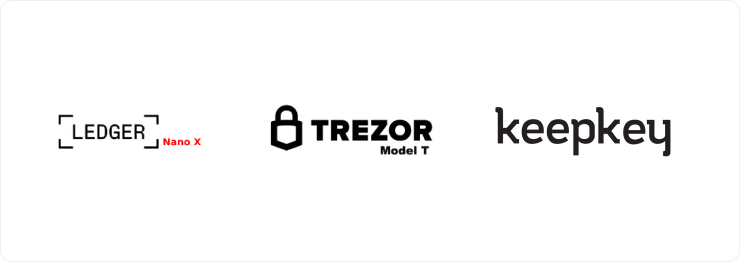
- Ledger Nano X: This hardware wallet is a favorite among security-conscious pros. It supports USDT on multiple chains and integrates well with development environments through Ledger Live.
- Trezor Model T: Another solid hardware option, Trezor offers robust security features and an easy-to-use interface. It's great for managing USDT alongside other assets in your Web3 toolkit.
- KeepKey: While less common, KeepKey provides a straightforward approach to cold storage and can be a good option for those who prefer simplicity.
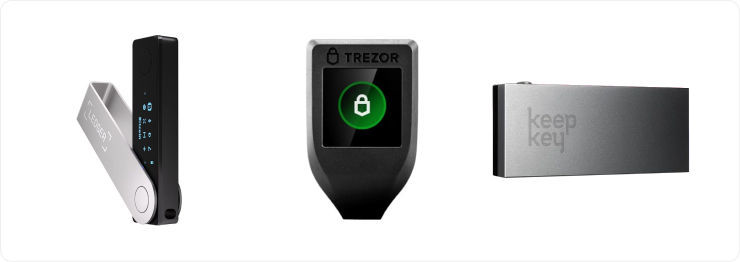
For developers and testers: Consider using hardware wallets in your testing environments to simulate real-world security scenarios and ensure your dApps interact correctly with these devices.
Old School Wallets: But Are They Still a Thing?
Old school wallets, once a popular cold storage method, have largely fallen out of favor in the Web3 world. While they can still be used for USDT storage - you can bring your cold wallet in it, - they're generally not recommended due to their impracticality and potential security risks. As a Web3 professional, you're better off sticking with modern hardware or software solutions that offer better functionality and security.
Remember, the key to effective USDT management is using a combination of hot and cold wallets. Use hot wallets for your day-to-day operations and development needs, while keeping the bulk of your funds in cold storage for enhanced security.
Free USDT Wallets: Because Who Doesn't Like a Good Freebie?
In Web3, sometimes you need a quick and cost-effective solution for managing USDT. Free wallets can be a great option for testing, small-scale projects, or personal use. Here are some top picks that won't cost you a thing:

- Atomic Wallet: This multi-currency wallet supports USDT on various networks, including Ethereum and Tron. It's particularly useful for developers working across multiple blockchains, as it allows easy management of USDT on different networks from a single interface.
- MyEtherWallet (MEW): A veteran in the Ethereum ecosystem, MEW now supports USDT and other tokens. It's an excellent choice for Ethereum developers and testers, offering both a web interface and a mobile app.
- Guarda: This versatile wallet supports USDT on multiple chains and offers a clean, user-friendly interface. It's a solid option for marketers managing multiple wallets for different campaigns or projects.
When using free wallets, keep these tips in mind:
- Security first: Always enable two-factor authentication and use strong, unique passwords.
- Backup religiously: Store your recovery phrases in multiple secure locations.
- Stay updated: Keep your wallet software up to date to ensure you have the latest security patches.
- Limit exposure: Don't store large amounts of USDT in free hot wallets for extended periods.
For developers: Free wallets can be great for creating test accounts or simulating user interactions in your dApps. Just remember to clearly label test wallets to avoid confusion with production accounts.
While free wallets offer convenience, they may be limited in terms of features or support. Always evaluate the trade-offs between cost, security, and functionality based on your specific needs as a Web3 professional.
Cold Storage for USDT: When You're Serious About Security
As Web3 professionals, we often handle significant amounts of USDT, whether it's project funds, personal investments, or client assets. When it comes to securing large sums, cold storage is your best friend. Let's dive into how to effectively use cold storage for your USDT:
1. Choose Your Weapon:
Hardware wallets are the gold standard for cold storage. Ledger and Trezor are popular choices but consider options like BitBox or KeepKey. If you're dealing with USDT on various networks, look for wallets that support multiple chains.
2. Set Up with Care:
- Follow the manufacturer's instructions meticulously.
- Set up your device in a secure, private environment.
- Use a strong PIN and write down your recovery phrase on paper (or better yet, stamp it on metal).
- Verify the recovery phrase multiple times before sending any funds.
3. Test Before You Rest:
- Send a small amount of USDT to your cold wallet first.
- Confirm the transaction on the blockchain explorer.
- Try sending a tiny amount back to ensure you can access the funds.
4. Secure Storage:
- Keep your hardware wallet in a safe place, protected from theft and environmental damage.
- Store your recovery phrase separately from the device, preferably in a fireproof and waterproof container.
- Consider using a multi-signature setup for added security, especially for team or project funds.
5. Regular Maintenance:
- Keep your device's firmware updated.
- Periodically check the physical condition of your device and storage media.
- Conduct regular audits of your cold storage funds.
Pro Tips for Web3 Pros:
- For developers: Create a separate cold wallet for each major project or client to maintain clear boundaries and simplify accounting.
- For testers: Use cold wallets in your QA process to ensure your dApps interact correctly with hardware devices.
- For marketers: Consider cold storage for long-term token allocations in marketing campaigns or for securely holding community funds.
Remember, cold storage is about long-term security. Resist the urge to frequently move funds in and out of cold storage – that defeats the purpose. Use hot wallets for daily operations and keep your cold storage as your digital vault.
Decoding the Crypto Lingo: What Does "USDT Wallet" Even Mean?
Alright, Web3 aficionados, let's break down the term "USDT wallet" for those moments when you need to explain it to a client or a newbie joining your team.
A USDT wallet app is essentially a digital container designed to store, send, and receive Tether (USDT) tokens. But it's more than just a fancy name for a regular wallet. Here's what makes it special:
1. Blockchain Compatibility: USDT wallet apps are built to interact with various blockchains where USDT exists, such as Ethereum, Tron, or Binance Smart Chain.
2. Private Key Management: These wallets securely store the private keys that prove ownership of your USDT tokens.
3. Multi-chain Support: Best USDT wallets can handle Tether on different blockchains, allowing you to choose the most efficient network for your transactions.
4. Smart Contract Interaction: Some wallets enable direct interaction with DeFi protocols and other smart contracts that use USDT.
5. Balance and Transaction History: They provide real-time balance updates and a ledger of your USDT transactions.
For developers, a USDT wallet app isn't just storage; it's an interface to the blockchain. For marketers, it's a tool to manage campaign funds across multiple networks. And for testers, it's a crucial component in ensuring the smooth operation of USDT-related features in dApps.
The Cream of the Crop: Top USDT Wallets for the Discerning Hodler
As Web3 professionals, you need wallets that can keep up with your diverse needs. Here's a rundown of top USDT wallets that stand out in the crypto crowd:
1. Ledger Live:
- Perfect for: Developers and project managers handling large funds
- Key Features:
- Seamless integration with Ledger hardware wallets
- Support for USDT on multiple chains (Ethereum, Tron, etc.)
- Built-in swap feature for easy token exchanges
- Pro Tip: Use Ledger Live's developer mode to test your dApps with hardware wallet integration
2. Trezor Suite:
- Ideal for: Security-conscious testers and auditors
- Highlights:
- User-friendly interface with robust security features
- Supports USDT on Ethereum and other ERC-20 compatible chains
- Integrates well with popular Web3 development tools
- Tester's Note: Great for simulating high-security user scenarios in your QA process
3. MetaMask:
- Best for: Ethereum developers and dApp creators
- Standout Features:
- Extensive dApp browser integration
- Easy management of multiple accounts (perfect for testing)
- Supports custom RPC endpoints for testnet development
- Developer's Hack: Use MetaMask's custom networks feature to easily switch between mainnet, testnet, and local development environments
4. Trust Wallet:
- Suits: Cross-chain developers and mobile-first projects
- Key Attributes:
- Supports USDT on multiple chains including Ethereum, BSC, and Tron
- Built-in DApp browser for easy testing and interaction
- Robust mobile SDK for integrating wallet features into your apps
- Marketing Tip: Leverage Trust Wallet's large user base for easier onboarding in your DeFi projects
5. Atomic Wallet:
- Great for: Multi-chain projects and token swaps
- Notable Features:
- Supports USDT on various networks
- Built-in atomic swap functionality
- Staking options for portfolio diversification
- Cross-chain Dev Tip: Use Atomic Wallet to test cross-chain USDT transfers in your dApps
6. MyEtherWallet (MEW):
- Optimal for: Ethereum purists and smart contract interactors
- Standout Aspects:
- Direct smart contract interaction
- Hardware wallet integration
- ENS support for human-readable addresses
- Smart Contract Tip: Use MEW's contract interaction feature to debug your Solidity code in a live environment
Remember, the best wallet for you depends on your specific project needs, security requirements, and the blockchains you're working with. Don't be afraid to use multiple wallets for different aspects of your Web3 work – diversity is key in both portfolio and tool management!
"Show Me the Money": How to Check Your USDT Wallet Balance
Keeping tabs on balances is crucial, whether you're managing project funds, monitoring test wallets, or tracking marketing budgets. Here's how to stay on top:
1. Through USDT Wallet Apps:
- Open your wallet application (e.g., MetaMask, Trust Wallet)
- Navigate to the USDT section
- Refresh to see the latest balance
Pro Tip: Set up push notifications for large transactions to stay alerted of significant fund movements.
2. Using Blockchain Explorers:
- Go to the appropriate explorer (e.g., Etherscan for Ethereum, BscScan for Binance Smart Chain)
- Enter your wallet address in the search bar
- Look for the USDT token balance in the token section
Developer's Hack: Use explorer APIs to automate balance checking in your scripts or dApps.
3. via DeFi Dashboards:
- Platforms like Zapper or DeBank aggregate balances across multiple protocols
- Connect your wallet and check USDT balance across different platforms
Tester's Note: These dashboards are great for simulating complex user portfolios during QA.
4. Command Line Interface (CLI):
- Use tools like `eth-cli` or custom scripts to check balances
- Great for automated testing and CI/CD pipelines
Example command:
```
eth-cli balance <wallet-address> --token USDT
```
5. Smart Contract Calls:
- For the tech-savvy, make direct calls to the USDT smart contract
- Use web3.js or ethers.js libraries in your JavaScript code
Code snippet:
```javascript
const balance = await usdtContract.methods.balanceOf(walletAddress).call();
```
Remember, when dealing with large amounts of USDT, always double-check balances across multiple platforms to ensure accuracy. For heavy-duty projects, consider setting up automated balance monitoring and alerting systems.
Conclusion: Wrapping It All Up
And there you have it, Web3 warriors—a comprehensive guide to USDT wallets that's more packed than a blockchain during an NFT drop. We've journeyed through the lands of hot and cold wallets, explored the realms of free options, and delved into the depths of security practices.
Remember, the perfect USDT wallet setup is like a well-optimized smart contract—it balances efficiency, security, and functionality. Whether you're developing the next big DeFi protocol, marketing a groundbreaking dApp, or testing complex cross-chain interactions, your wallet choices can make or break your workflow.
Keep your hot wallets agile for daily operations, your cold storage fortified for long-term hodling, and your skills sharp by staying updated with the latest in wallet technology. And most importantly, may your transactions always be swift and your gas fees low!
